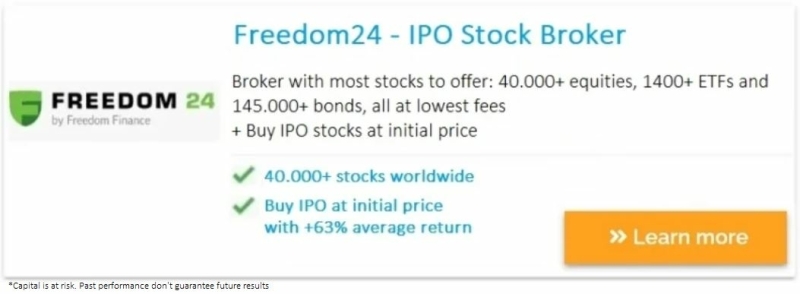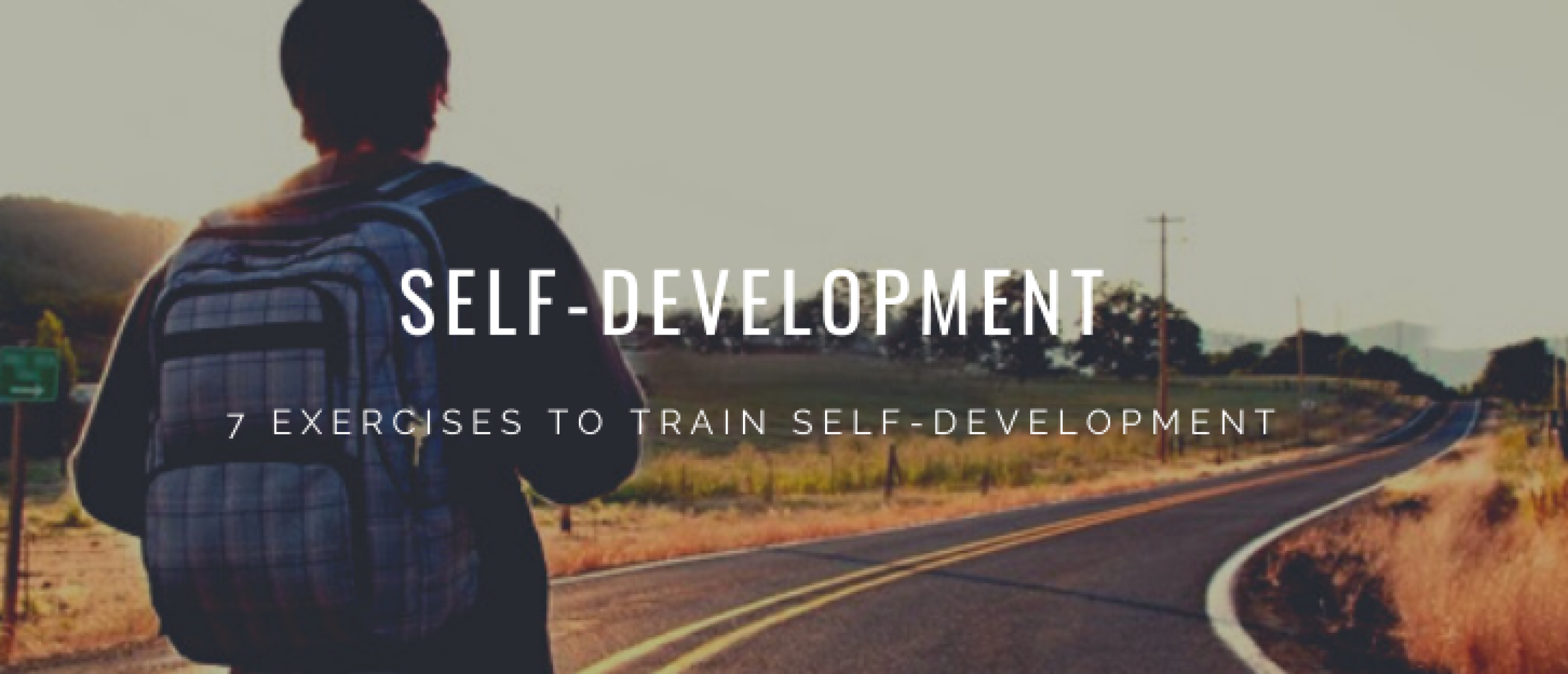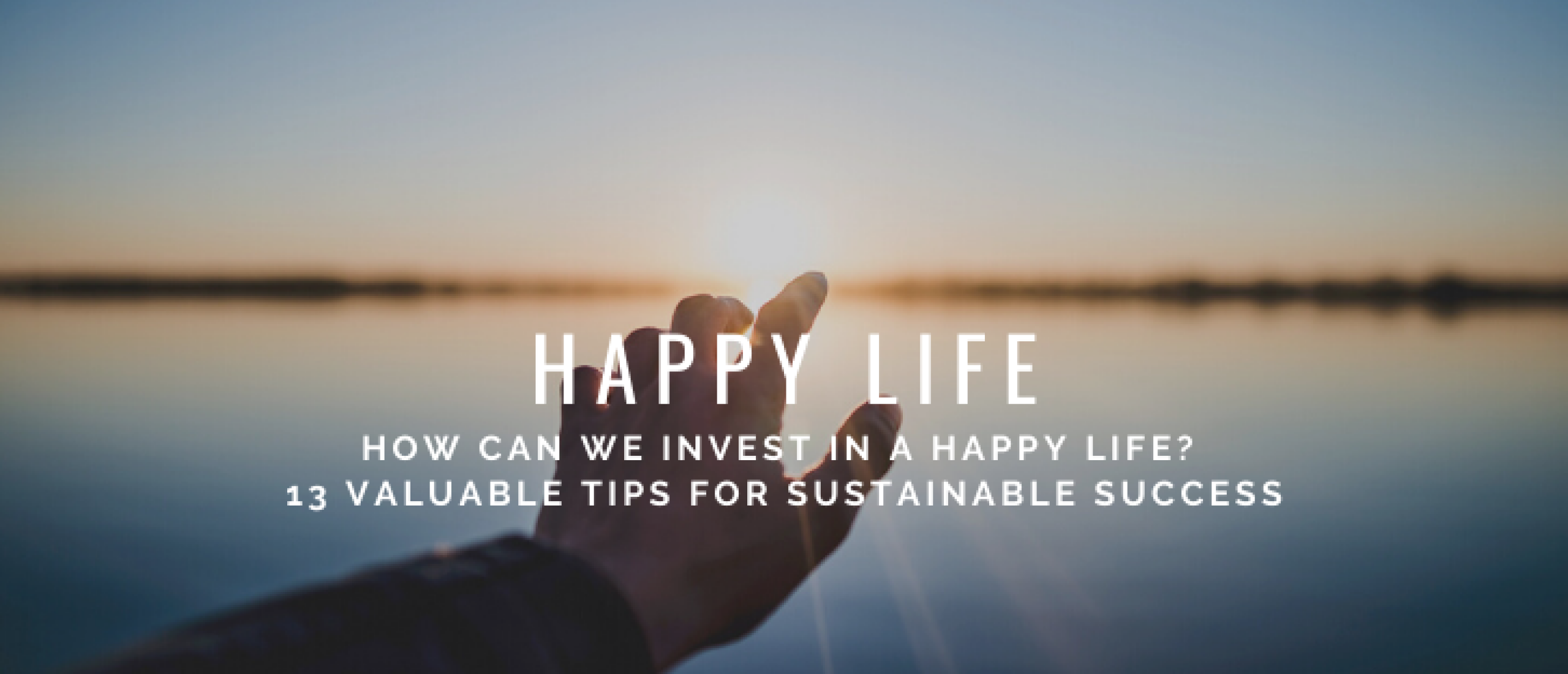Drive (2009) by Daniel H. Pink makes us reflect on what drives people to behave the way they do.
According to Pink, there are numerous reasons, but intrinsic motivation is the most powerful. He conveys compelling ideas about how individuals, companies, governments, schools, and even parents should strive to cultivate and encourage intrinsic motivation.
We can apply the insights and knowledge from this book in our own lives to gain more intrinsic motivation. This is important for our personal development, because living with intrinsic motivation leads to more passion, fulfillment and happiness.
Overview
Drive shows the disconnection between what science knows and what business does about motivation. Our current business operating system, which is based on external, carrot-and-stick motivators, is ineffective and frequently harmful.
Pink shows how scientific research points out how this motivation system can improve. This new approach has three essential elements: 1. Autonomy – the desire to direct our own lives. 2. Mastery — the urge to get better and better at something that matters. 3. Purpose — the yearning to do what we do in the service of something larger than ourselves.
Extrinsic and intrinsic motivation

Extrinsic motivation refers to motivation that arises from external forces such as money or praise. Intrinsic motivation, on the other hand, comes from within and can be as simple as the joy one feels after accomplishing a challenging task.
Pink refers to scientific research on motivation. This evidence suggests that basic financial reward systems do not work for any work task that requires more than the most basic cognitive challenge. They can make performance worse.
He acknowledges that money is a motivator at work, but once people believe their pay is fair, they become much more motivated by intrinsic factors. They expect more from their work.
Motivation 1.0 vs. Motivation 2.0
According to Pink, it’s time to upgrade motivation. Similarly to computers, societies have operating systems. Many organizations, cultures, and even families still rely on an antiquated motivation system based on external rewards and punishments.
Motivation 1.0: Survival
Simply put, motivation 1.0 presumed that humans were biological creatures, struggling to obtain our basic needs for food, security, and sex.
Motivation 1.0 worked well for some time. As humans developed more complex societies, they began to encounter strangers and work together to complete tasks.
This system operated solely on biological motivation, which was fundamentally flawed. We needed to find ways to control this drive to avoid breaking the law. As a result, we gradually progressed towards Motivation 2.0.
Motivation 2.0: Rewards and Punishments
Motivation 2.0 implies that humans are more than biological urges. However, it also implies that we aren't all that different from horses. Pink compares this system to the carrot and stick metaphor: the way to get us moving in the right direction is by dangling a crunchier carrot or wielding a sharper stick.
Although the method lacked sophistication, it was extremely effective for some time, but like motivation 1.0, eventually, it didn’t. Nevertheless, even today the "carrot" is often used, in the form of bonuses and external rewards (which are known in advance).
The carrot-and-stick approach and why it does not work
Motivation 2.0 is based on two simple concepts: rewarding an activity will get you more of it, and punishing an activity will get you less of it.
Pink describes seven reasons why carrots and sticks are not enough. He calls this list “the seven deadly flaws”:
- They can extinguish intrinsic motivation.
- They can diminish performance.
- They can crush creativity.
- They can crowd out good behavior.
- They can encourage cheating, shortcuts, and unethical behavior.
- They can become addictive.
- They can foster short-term thinking.
Type I and Type X
There is intrinsic and extrinsic behavior. By understanding these behaviors, we gain a better understanding of motivation.
Type I: Intrinsically motivated
Intrinsic behavior, also known as Type I behavior, is less concerned with external rewards and more focused on the activity itself. Type I people are made rather than born. It is necessary to shift toward intrinsic motivations to achieve personal and professional success.
Type X: Extrinsically motivated
Extrinsic behaviors (Type X) put you in danger of becoming unfulfilled. Type Xs are looking for external validation and satisfaction. As a result, they stand a good chance of being disappointed.
The three elements of motivation
In his book "Drive," Daniel H. Pink comes up with a revolutionary insight about intrinsic motivation. In doing so, he obtains three crucial elements that apply to every human being.
Autonomy
Autonomy, according to Pink, is the desire to control our own lives. Allowing employees autonomy goes against management's traditional view of employees as "compliant" with what is expected of them. However, it makes them more engaged with what they are doing.
Mastery
Pink describes mastery as the desire to continually improve at something that matters.
Humans, according to Pink, enjoy "getting better at stuff" because it gives them a sense of accomplishment and progress. Allowing employees to experience a sense of achievement at work boosts their motivation.
Purpose
Pink defines purpose as the desire to do things in service of something larger than ourselves. Pink argues that people intrinsically want to do things that matter.
Entrepreneurs, for example, are frequently intrinsically motivated to "make a difference" rather than simply maximize profits.
Investors, like us at Happy Investors, often also enjoy investing in stocks or other assets. We get energy from analyzing many different companies to determine if it is a good investment. So we see investing money more like a sport. And we want to get better at it every day.
How to become intrinsically motivated

Daniel Pink shares some exercises to bring more autonomy, mastery, and purpose into our work and life. These are important exercises for personal growth and development. We also see many of these insights reflected in other knowledge books, such as the 7 Habits of Highly Effective People.
To live a happy life, it is important that you work within your intrinsic motivation. As for us, after reading this article you would also want to read the material on Ikigai. Ikigai is a concept for the meaning of life. Those who are in their Ikigai will also have a lot of intrinsic motivation.
Does this mean you are 100% happy and full of energy every day?
No. But the average of your (daily) life will be much more enjoyable when you work from intrinsic motivation.
Give Yourself A “Flow Test”
Set a reminder on your phone to go off at 40 random times throughout the week. Each time, write down what you’re doing, how you’re feeling, and whether you’re in “flow.” Record your observations, look for patterns, and consider the following questions:
- Which moments produced feelings of “flow”? Where were you? What were you working on? Who were you with?
- Are certain times of the day more flow-friendly than others? How could you restructure your day based on these findings?
- How might you increase the number of optimal experiences and reduce the moments when you felt disengaged or distracted?
- If you’re having doubts about your job or career, what does this exercise tell you about your true source of intrinsic motivation?
First, Ask A Big Question
Daniel Pink shares this story:
In 1962, Clare Boothe Luce, one of the first women to serve in the U.S. Congress, offered some advice to President John F. Kennedy. “A great man,” she told him, “is one sentence.” Abraham Lincoln’s sentence was: “He preserved the union and freed the slaves.” Franklin Roosevelt’s was: “He lifted us out of a great depression and helped us win a world war.” Luce feared that Kennedy’s attention was so splintered among different priorities that his sentence risked becoming a muddled paragraph.
Ask yourself a big question: What’s my sentence? It will orient your life towards a greater purpose.
In the book 7 Habits of Highly Effective People, the author names the same exercise as the principle "begin with the end in mind." Other legendary books, such as Think and Grow Rich, also contain the same insight to find out what your "burning desire" is. An ardent desire that you strive for so much that it becomes a life goal. And that is the basis for success. Just make sure that this success is not too limited to mere money or career. Success also means meaningful relationships and lots of love to share your success.
…Then Keep Asking A Small Question
Ask yourself if you were better today than you were yesterday at the end of each day. Look for small steps towards improvement.
Take a Sagmeister
Pink, inspired by the designer Stefan Sagmeister, suggests taking a year off. It takes preparation and some financial savings. However, it could also be an unforgettable year of personal exploration.
Give Yourself A Performance Review
Make a list of your goals and track your progress on a monthly/quarterly basis.
Get Unstuck By Going Oblique
Oblique Strategies cards are a set of 100 cards published by producer Brian Eno and artist Peter Schmidt. They ask a question or pose a statement designed to push you out of your mental rut. They may help you to find motivation when you have none.
Move Five Steps Closer to Mastery
If you follow these five steps, over and over again, you will become a master:
- Deliberate practice has one objective: to improve performance. It’s about setting new goals and straining yourself to reach a bit higher each time.
- Repeat, repeat, repeat. Repetition matters. Do more reps than anyone else.
- Seek constant, critical feedback.
- Focus ruthlessly on where you need help.
- Prepare for the process to be mentally and physically exhausting. That’s why so few people commit to it, but that’s why it works.
Take A Page From Webber And A Card From Your Pocket
Answer the following questions:
- What gets you up in the morning?
- What keeps you up at night?
If you don’t like one or both of your answers, then ask:
- What are you going to do about it?
Create Your Own Motivational Poster
Pick words and images that resonate with you and keep you motivated. This is a form of visualization regarding what you want in life.
The book "Drive" by Daniel Pink contains very interesting information regarding intrinsic motivation. With this summary we share the essence of his work. It is very useful to buy the book to experience the whole context. Applying his insights will positively change your life in every way.









